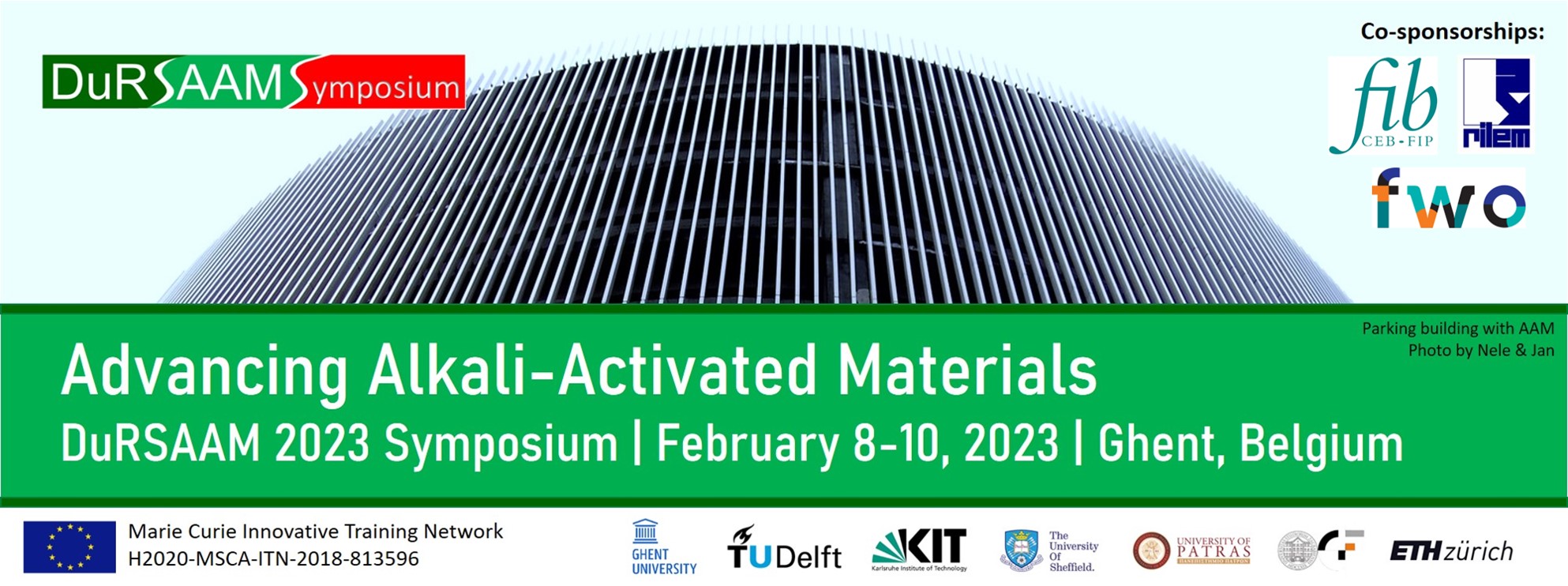
WHY DuRSAAM
|
For a quick introduction, |
The design, durability and performance of structures play a crucial role in fostering societal and economic growth. Concrete structures are used extensively for buildings, transport, infrastructure and maritime applications. By using concrete extraordinary structures can be realised, and these are often designed for long service lives to gain optimal value from the material, environmental, intellectual and financial input into the making of the structure. In Europe, around 4 tonnes of concrete per capita are consumed annually. The downside of using concrete is associated with durability issues and huge environmental costs, as the cement industry accounts for 8% of global anthropogenic carbon dioxide emissions; and around 60% of all non-renewable resources are used in construction, making it one of the least sustainable industries. There is a clear demand for a new, sustainable generation of construction materials, since Ordinary Portland Cement (OPC)-based concrete cannot meet all the challenges of modern society concerning durability and sustainability. The DuRSAAM action addresses this by establishing a training and research network contributing to a sustainable built environment using AAM concrete.

THE MISSION OF DuRSAAM
The aim of DuRSAAM is to strengthen the European research area on eco-efficient construction materials and the increased competitiveness of Europe's construction sector, in applying concrete technology based on alkali-activated materials (AAM) for a more sustainable build environment.

The opinions expressed in this website reflect only the author’s view and reflects in no way the European Commission’s opinions. The European Commission is not responsible for any use that may be made of the information it contains.